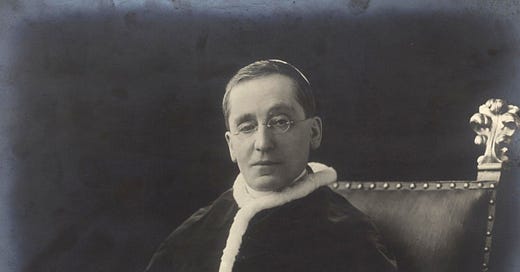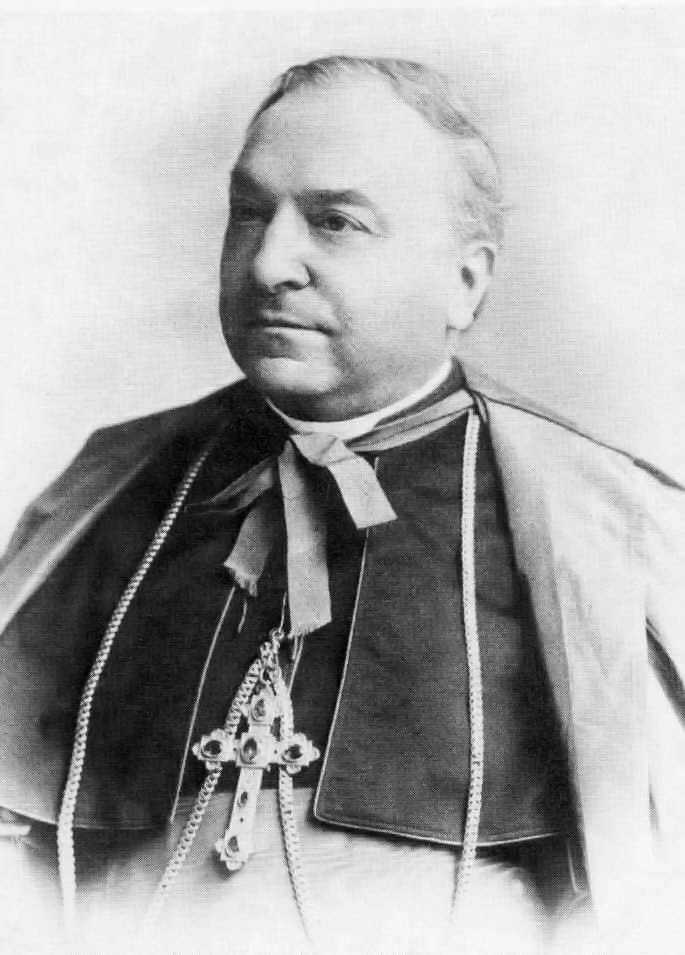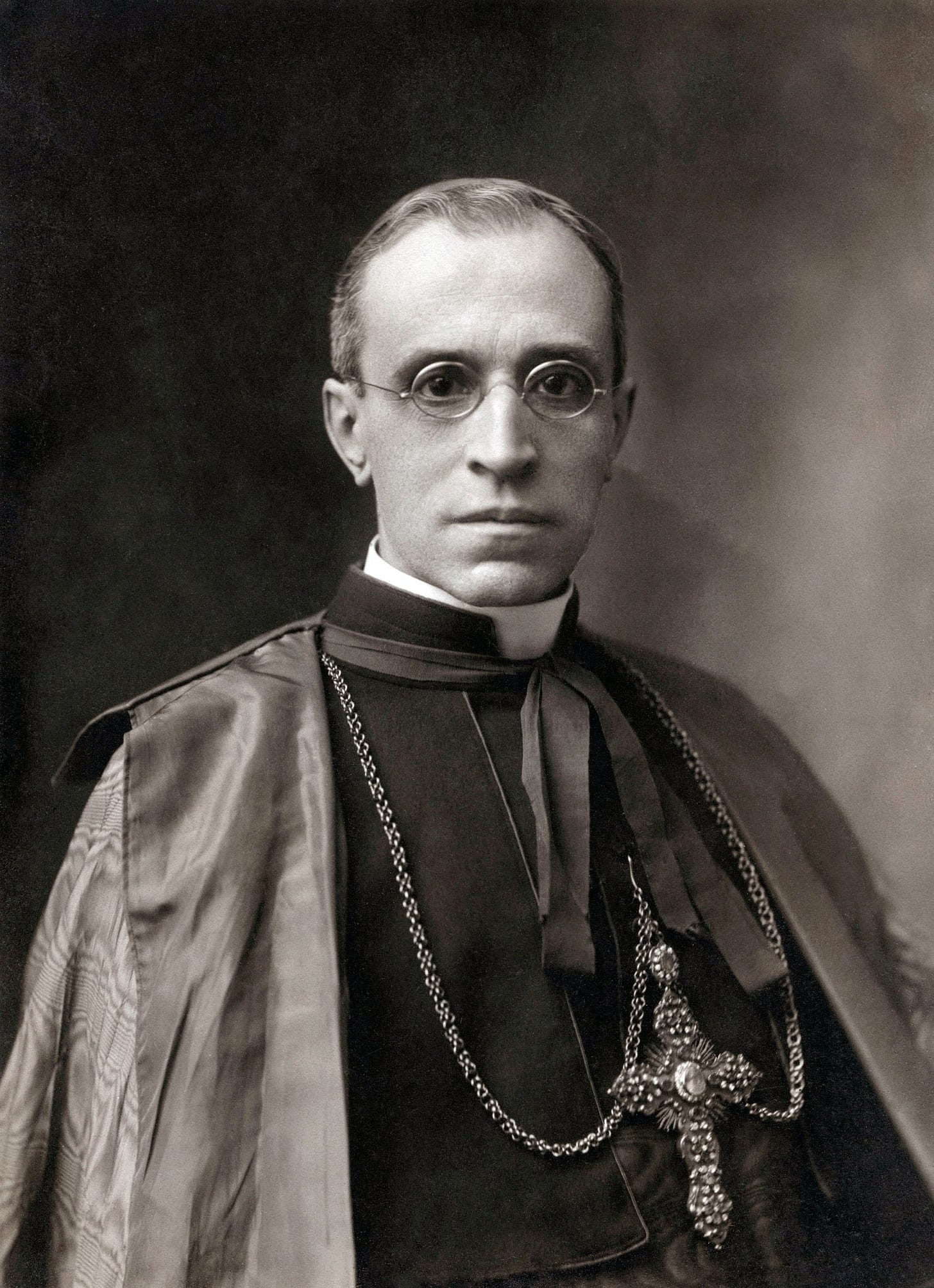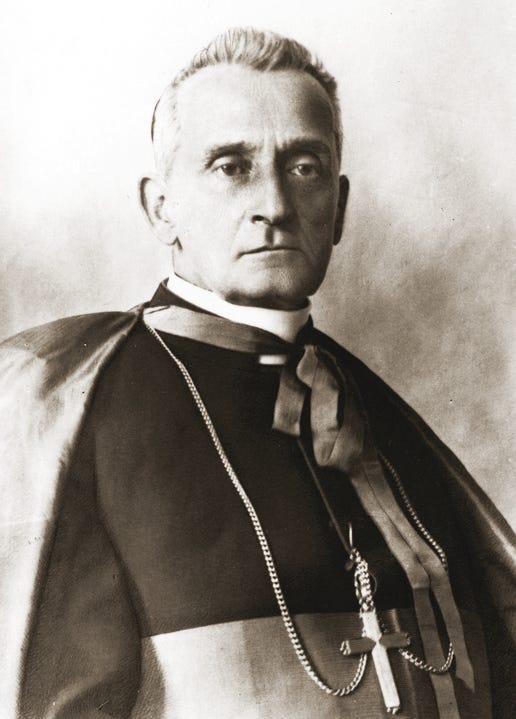Pope Benedict XV finishes "A Truly Arduous Task"
Today in Papal History marks the culmination of over a decade of tireless work to collect and condense centuries of Church law into a single masterpiece: the 1917 Code of Canon Law
1917 A.D.
Pope Benedict XV, perhaps better known for going toe-to-toe with Woodrow Wilson and his calls for peace during World War I – and also for being probably the most diminutive pope ever – promulgated the Codex Iuris Canonici on this date in 1917, but the big day was many years in the making.
Prior to this effort, the official law governing the Catholic Church had traditionally been known as the Corpus Juris Canonici (“Body of Canon Law”) and was comprised of various source materials that had developed over several centuries, but efforts made by prior popes to collect it all into a sole, comprehensive Code had all fallen flat for one reason or another.
Until Pope St. Pius X, that is.
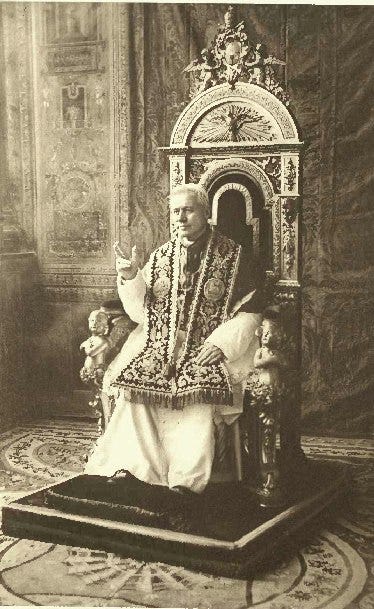
In the very first year of his pontificate, Pius X responded to a request from the bishops of the First Vatican Council and released the motu proprio Arduum sane munus – which translates to “A Truly Arduous Task” – convening a commission of canonists to begin sifting through the voluminous documentation and produce a single code.
At the head of “The Pontifical Commission for the Codification of Canon Law” was Cardinal Pietro Gasparri, previously a Professor of Canon Law at the University of Paris and Apostolic Delegate to several countries in South America, and at the present moment an archbishop and member of the Roman Curia.
Pius reportedly asked Gasparri, shortly after his election, how long a solid codification of canon law would take.
“With the proper staff, 25 years,” Gasparri replied.
“Then do it,” said Pius X.
Dozens of priests, bishops, cardinals, and venerable canonists of happy memory contributed in various ways to the commission, but two notable men were Gasparri’s key assistants during the process:
Eugenio Pacelli, later elected Pope Pius XII, and Adam Sapieha, later the Cardinal-Archbishop of Krakow, Prince-Primate of Poland, and the man who trained Pope St. John Paul II to be a priest while under the thumb of Nazi Germany in World War II.
A provisional text was finished after eight years and sent out for comment to the world’s Latin bishops and superiors general for comment, but the commission worked tirelessly for 13 years in all – half the time originally estimated by Gasparri – before the final product was ready for primetime.
The Pio-Benedictine Code, as it is sometimes also referred to, was officially promulgated by Pope Benedict XV with his Apostolic Constitution Providentissima Mater Ecclesia and officially designated May 19 of the following year as the date in which it came into force.
The 1917 Code of Canon Law remained in force for 66 years and 6 months, until it was abrogated in favor of the 1983 Code of Canon Law.
Cardinal Gasparri, for his part, was put in charge of a newly-formed commission a couple of months later, and continued to serve as the Cardinal Secretary of State to Benedict XV (who had elevated him to the post in 1914) and later Pope Pius XI.
Gasparri went on to say in 1922:
“Every man has his special mission in life. Mine was the codification of Canon Law and the support of Benedict during the [First World] War. These two tasks are now completed.

